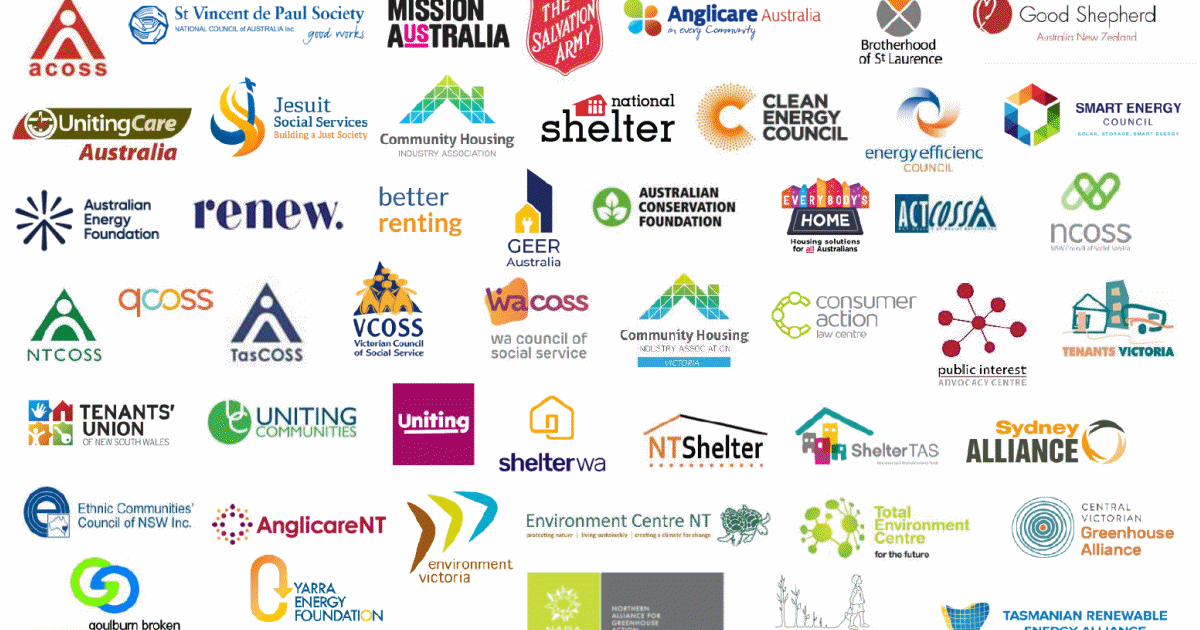
Dozens of organisations have backed a proposed plan calling on the Federal and State Governments to stimulate Australia’s economy with energy efficiency upgrades and solar installations for low-income housing.
According to the proposal, the average energy efficiency rating of existing homes in Australia is only 1.7 stars compared to 6.1 stars for new homes. Many Australians are living in homes that are too cold in winter and too hot in summer – and people on low incomes are more likely to be affected.
Investment in energy efficiency and solar power now for low-income housing could generate thousands of jobs rapidly and increase disposable household income that could be spent elsewhere in the economy, while improving well-being and health outcomes.
The proposed plan, called the National Low Income Energy Productivity Program (NLEPP), includes four measures:
- Social housing – Federal and state/territory governments provide matching funds to invest in energy efficiency upgrades and solar power system installations for social housing. There are approximately 440,000 social housing dwellings in Australia.
- Low-income home owners – The Federal Government partners with state governments, local councils and community groups to provide energy efficiency upgrades and solar installations for low-income owner occupiers. The plan suggests funding of up to $5,000 per property.
- Inefficient rental properties – The Federal Government provide grants to landlords to support energy efficient upgrades of inefficient rental properties. The plan recommends a grant of up to $5,000.
- Low-income appliance replacement – Governments provide subsidies for low-income households to replace inefficient appliances.
“Shovel Ready And Job-Rich”
More than 50 bodies have backed the Australian Council of Social Services (ACOSS) led plan; including St. Vincent de Paul Society, the Smart Energy Council, Australia Industry Group, the Australian Conservation Society and councils of social services in other states.
“In responding to the COVID crisis we need a different kind of economic stimulus that is shovel ready and job-rich, includes a focus on people most at risk, and delivers long-term social, environmental and economic benefits,” said ACOSS CEO Dr Cassandra Goldie.
The total cost of the proposed plan would be $336 million in 2020-21and $502 million in 2021-22. While existing government programs such as the controversial Climate Solutions Fund could fund some of the measures, additional government expenditure would be required to support the package
The full proposed NLEPP plan can be viewed here.
Renewables In COVID-19 Economic Recovery
Calls for renewable energy to play a central role in COVID-19 economic recovery have been increasing, both here and overseas. A recent report from the United Nations Environment Programme said renewables were one of the smartest, most cost-effective investments governments can make in recovery packages; and provide stronger action on a major threat to the entire planet – climate change.
Last month, Australia’s Clean Energy Council released a report stating an economic recovery here led by boosted renewables and energy storage investment could create tens of thousands of jobs.

 RSS - Posts
RSS - Posts



Speak Your Mind